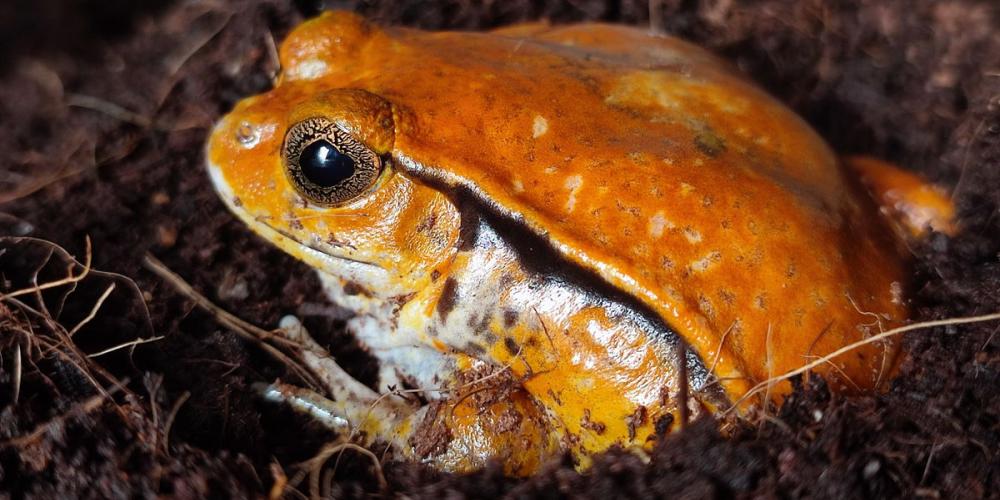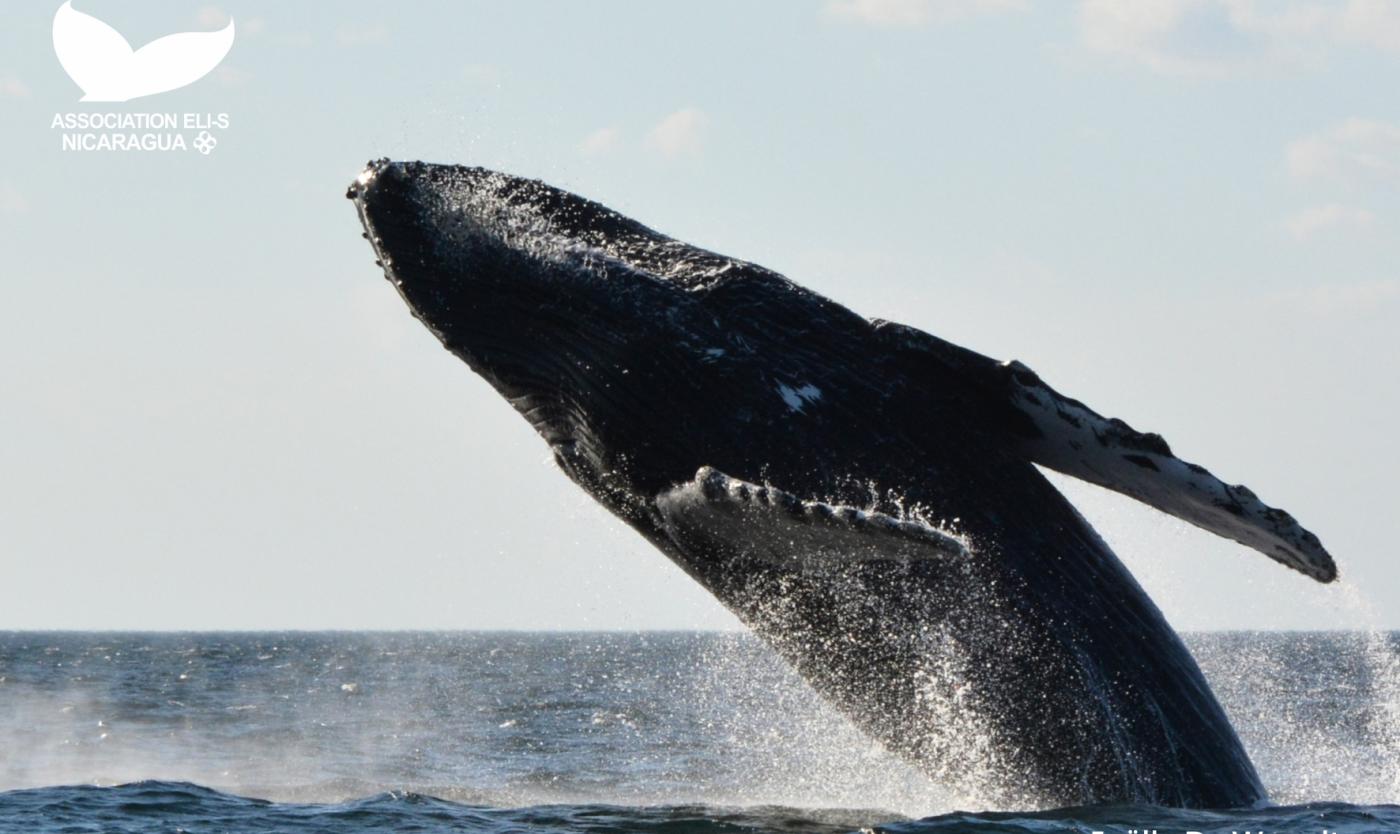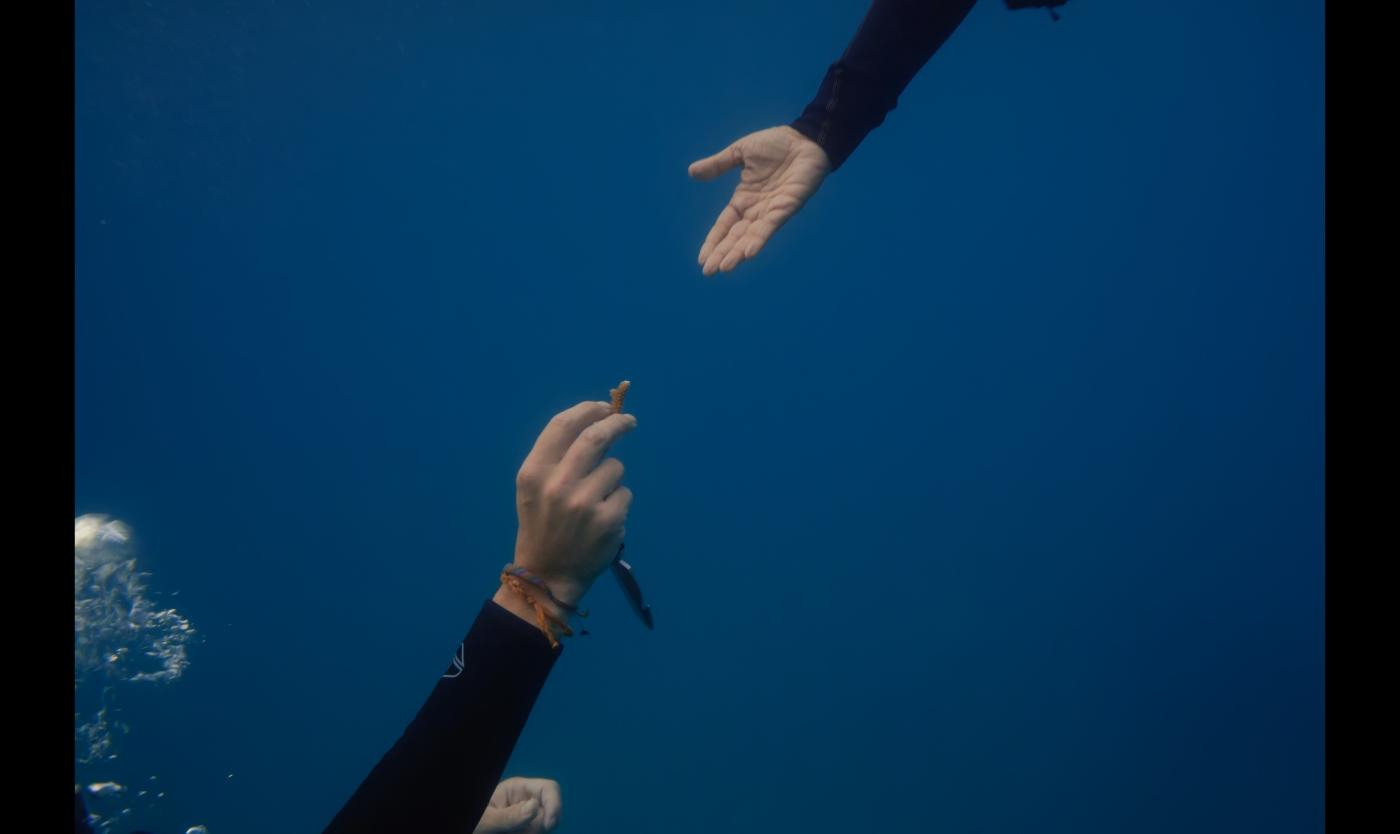
A multidisciplinary team of researchers from the Vrije Universiteit Brussel, University of Mons, VIB-VUB Center for Structural Biology and KU Leuven has deciphered one of the most fascinating but least understood chemical defence adaptations in the Animal Kingdom: glue. In a newly published article in Nature Communications, they report on how changes in the structure and expression of two proteins underlay the parallel evolution of defence glues in distantly related frog lineages.
From traditional medicine to shamanistic rituals, frogs and toads have a long history in folk tales and myths from around the world. One commonality shared by all these cultures is the pivotal role of the frog’s poison glands, and particularly the chemicals it produces. "To date, studies on amphibian skin-secreted defences have focused on molecules that function as toxins", says VUB researcher Shabnam Zalman. "Aside from being purveyors of poison, a small number of frogs have come up with a more obscure (and much stickier) survival strategy."
The research by Zaman et al. started with the observation that, when attacked by a predator, some amphibians defend themselves by producing a highly viscous fluid from their skin. This substance – basically a sticky slime – quickly turns into an adhesive within seconds, making it nearly impossible for a predator to ingest the frog.
Frog glues remain poorly recognized both scientifically and in popular culture, in contrast with the adhesive secretions of spiders and other invertebrates. Using technologies ranging from Lego® bricks to high-powered microscopes, Zaman et al. set out to unravel the science behind the enigma. Their study represents the first in-depth characterization of a vertebrate glue protein, and identifies protein-protein interactions that sustain the glue’s adhesive and cohesive strength. These results may inspire the development of future biomimetic adhesives that mimic this strength for use in medical or biotechnological applications, in ways that are both nontoxic and environmentally friendly.
Another curious discovery made by Zaman et al. demonstrates how shifting gene expression was the decisive factor that propelled the recurrent evolution of amphibian glues. While other glue-producing animals have each evolved their own unique adhesives, the authors show how different frog lineages have instead recruited the same pre-existing proteins. This finding seems to defy the odds and exposes amphibian glues as an example of extreme evolutionary determinism.
It can be easy to see why frogs have endured as symbols of transformation and recreation across diverse cultures: not only does its life cycle involve metamorphosis from tadpole to adult, but it continues to shed its skin throughout growth. Now, Zaman et al. have uncovered how some frogs are able to further transform existing ingredients to create sticky new potions, revealing frog glues as a remarkable novelty within the arena of animal defence weapons.
Reference
Zaman, S., Lengerer, B., Van Lindt, J. et al. Recurrent evolution of adhesive defence systems in amphibians by parallel shifts in gene expression. Nat Commun 15, 5612 (2024). https://doi.org/10.1038/s41467-024-49917-3

